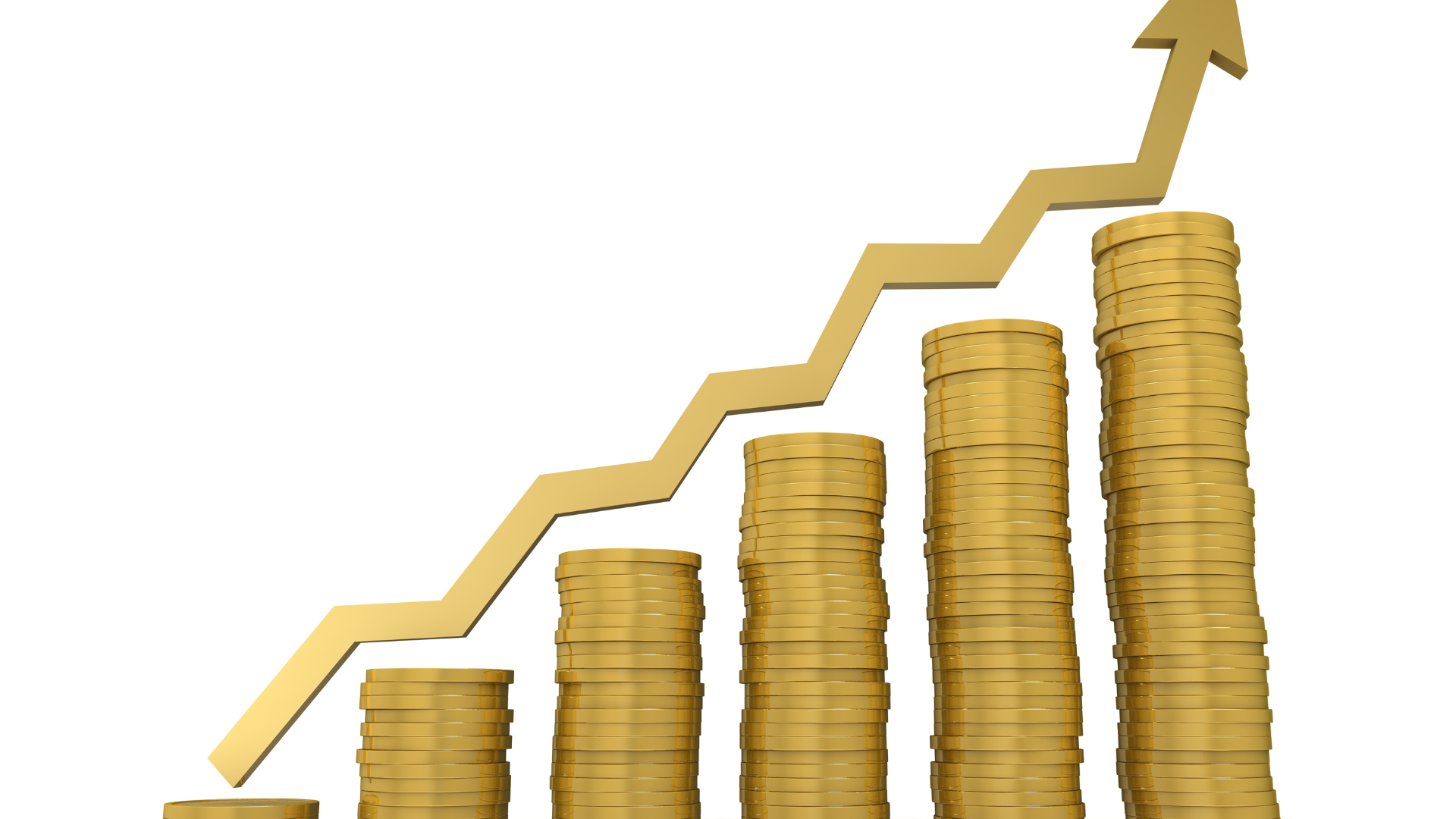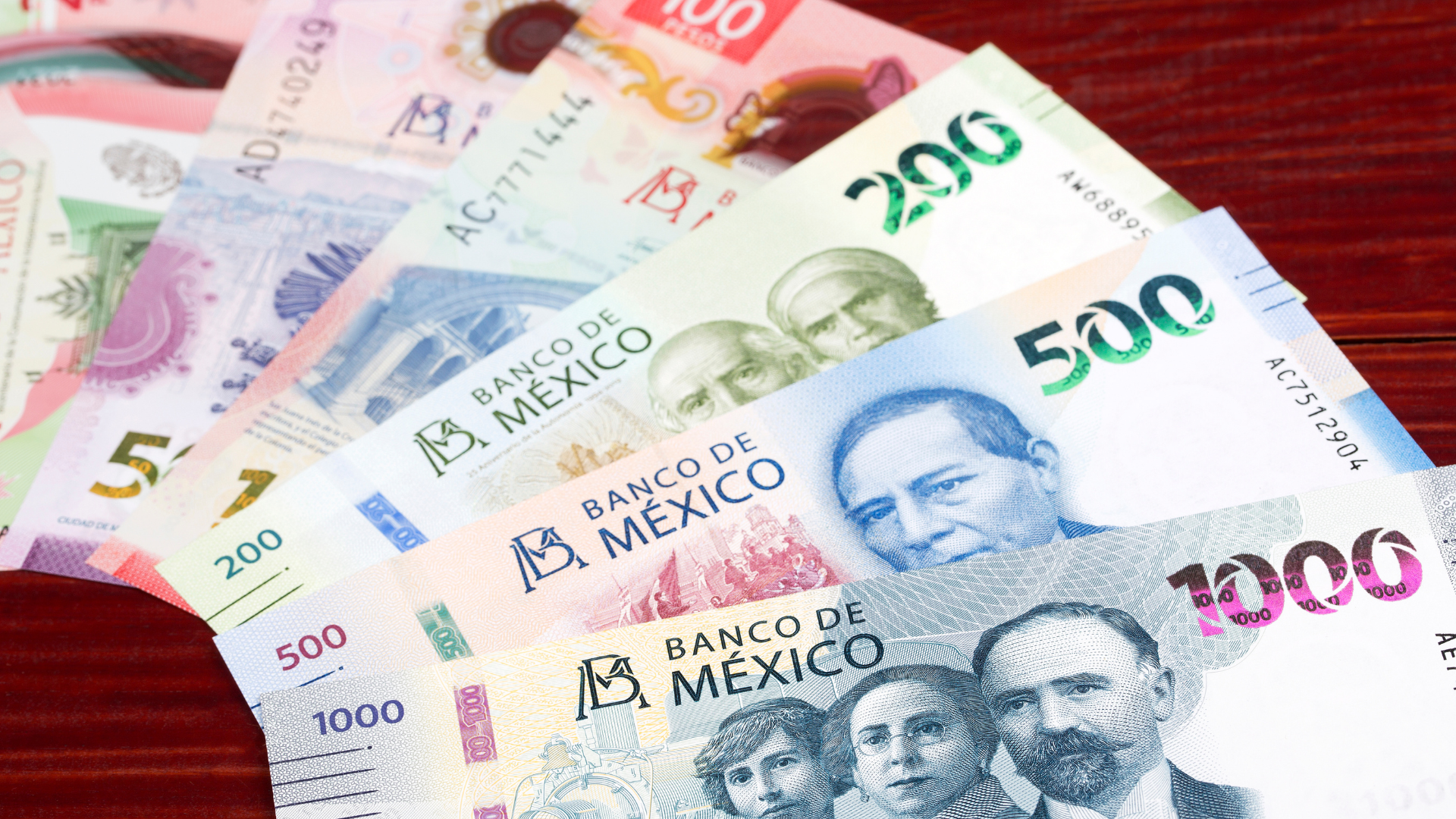The Australian Dollar (AUD) continued its upward trend on Tuesday, gaining strength after the People’s Bank of China (PBoC) introduced additional rate cuts to stimulate its slowing economy. With Australia’s strong trade relationship with China, the AUD has benefited from expectations that the rate cuts will help bolster demand for Australian exports.
China’s decision to lower key lending rates is part of a broader strategy to boost growth in sectors like real estate and manufacturing, as the country faces weakened domestic demand and global economic challenges. Given that China is Australia’s largest trading partner, the AUD often reacts positively to signs of economic support from Beijing, as traders anticipate regional stability.
The Australian economy has also been supported by stable commodity prices, particularly in iron ore and coal, which are major exports to China. The combination of China’s monetary easing and robust commodity demand has created favorable conditions for the AUD, attracting buyers amid ongoing global currency fluctuations.
Despite the Australian Dollar’s recent strength, some analysts warn that global risks—such as persistent inflation, the U.S. Federal Reserve’s tightening policies, and geopolitical uncertainties—could limit future gains. The AUD’s performance will likely hinge on how effectively China’s stimulus measures support sustained economic growth. For now, the Australian Dollar remains buoyant, driven by China’s rate cuts and strong demand for commodities. Investors will closely monitor the situation to see if the currency can maintain its upward momentum or if external factors will curb its rise in the near future.






















